Is it made of earth or brick? This is a common distinction in the world of wood-fired ovens and comes with a whole slew of assumptions. “Earth ovens are cheaper, easier to build but less durable.” “Brick ovens are expensive, harder to build but more professional and will last longer.” The oven build documented below is an exploration of the combination of these techniques to leverage the advantages of each. We use earth where its sculptural quality allows us to perfectly mold it to the shape that we desire. We use brick where it will give a good durable surface for cooking and in the entrance way to withstand the abuse of heated and passionate cooking. The book Build Your Own Earth Oven provides further reference for these techniques.
Using rope to define the shape of the catenary vault. Â The plywood is cut and the negative shape is used as a screed.
Eventually, a whole outdoor kitchen and service bar was built around the oven!….
Useful Links for Further Reading:
- The book Build Your Own Earth Oven!
- Arcticle – Improving Earth Ovens: Experiments in DIY Earthen Castable Refractory
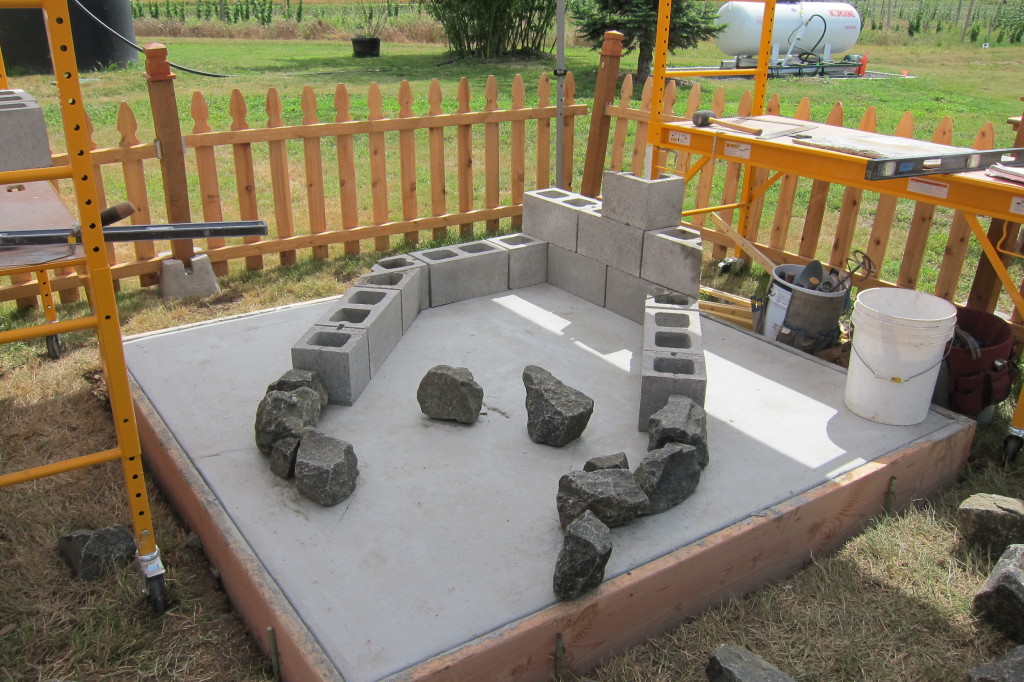

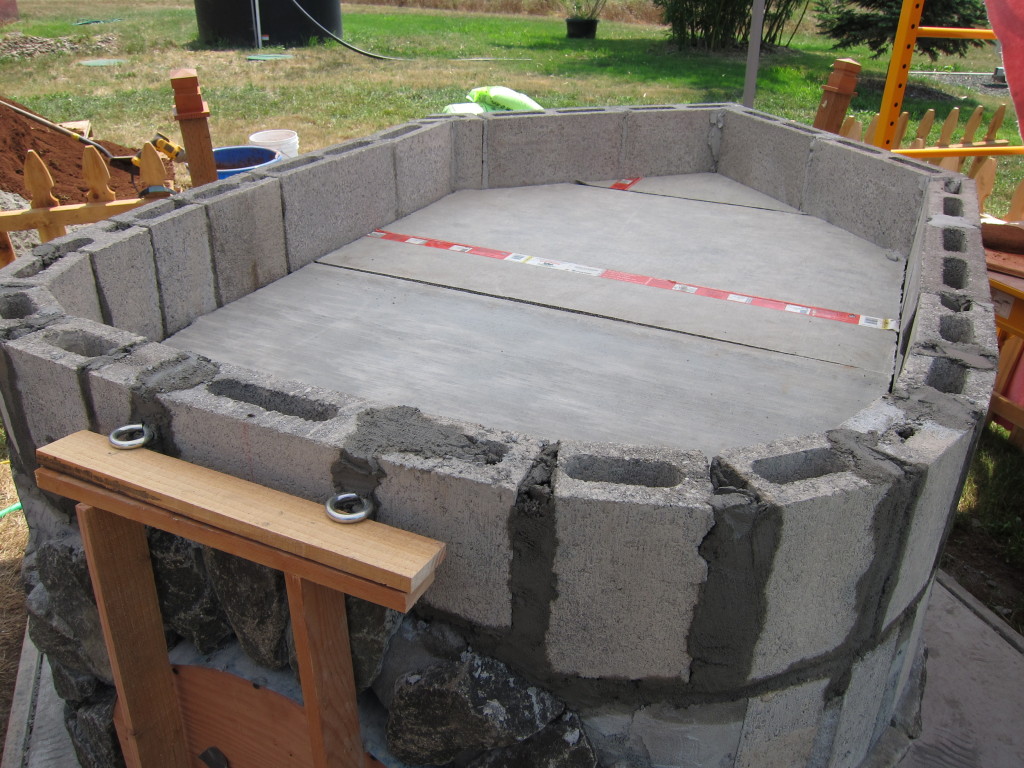
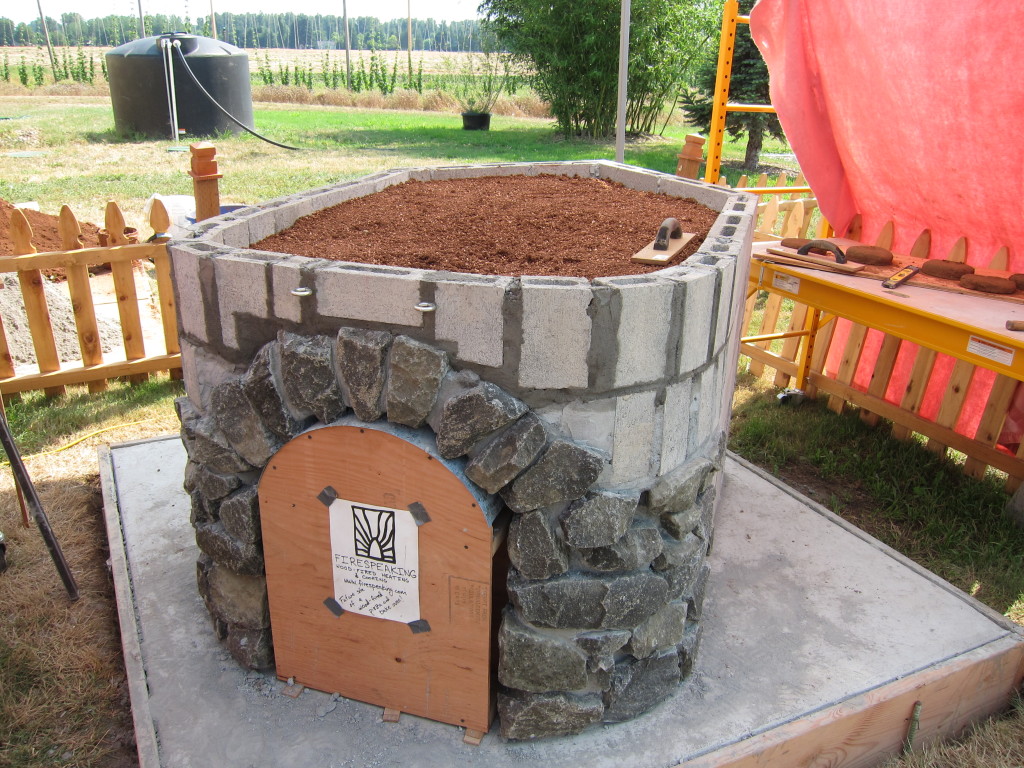


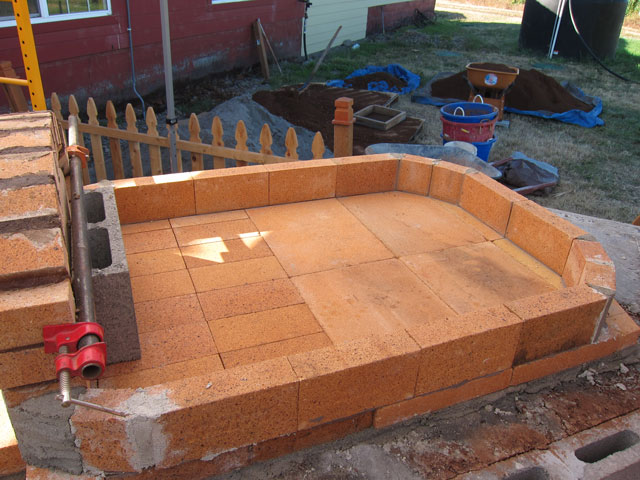
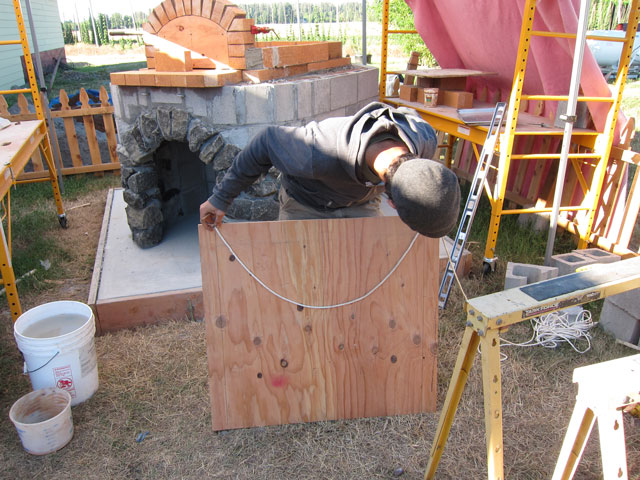

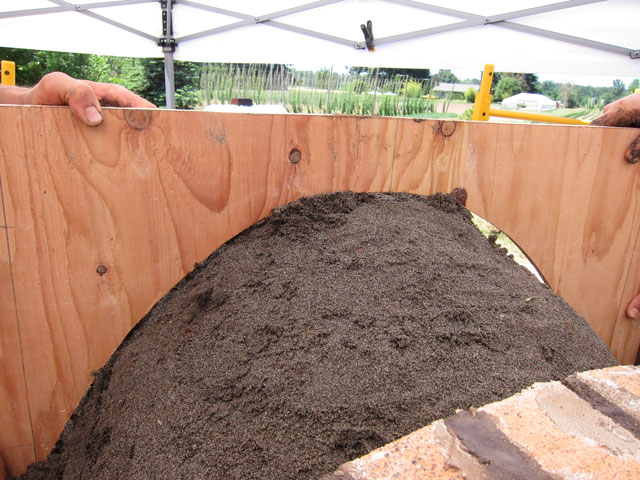

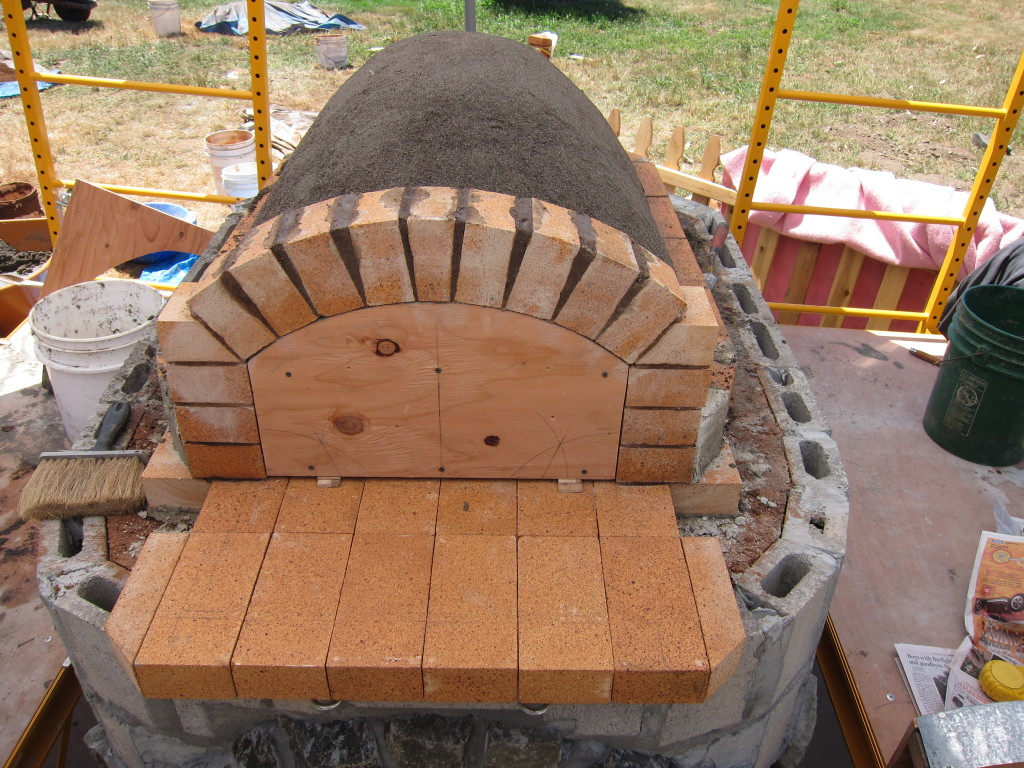

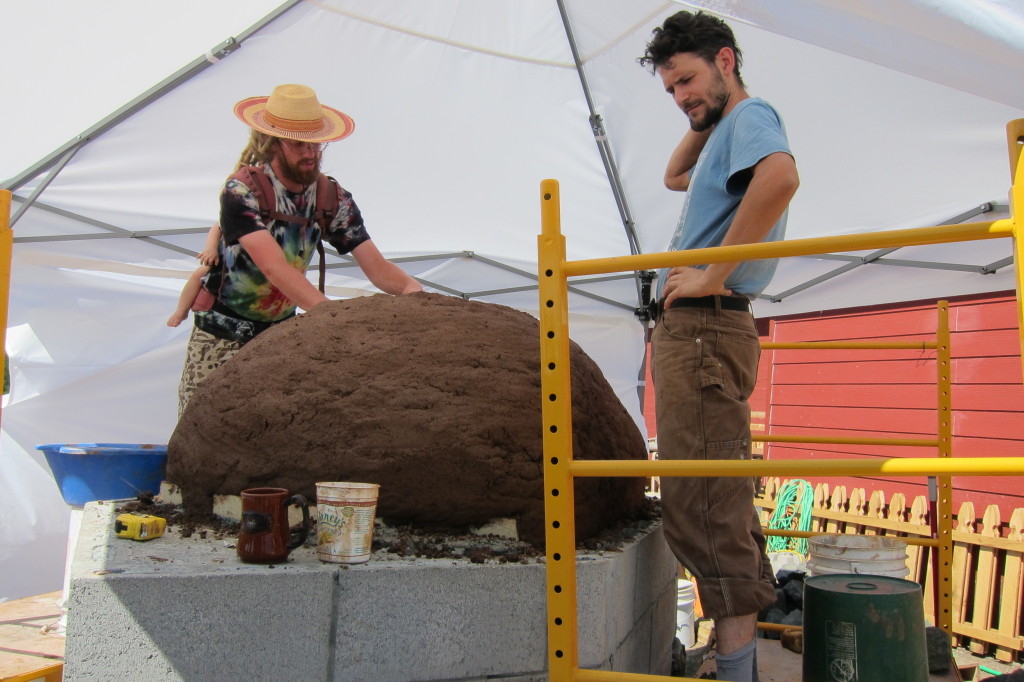
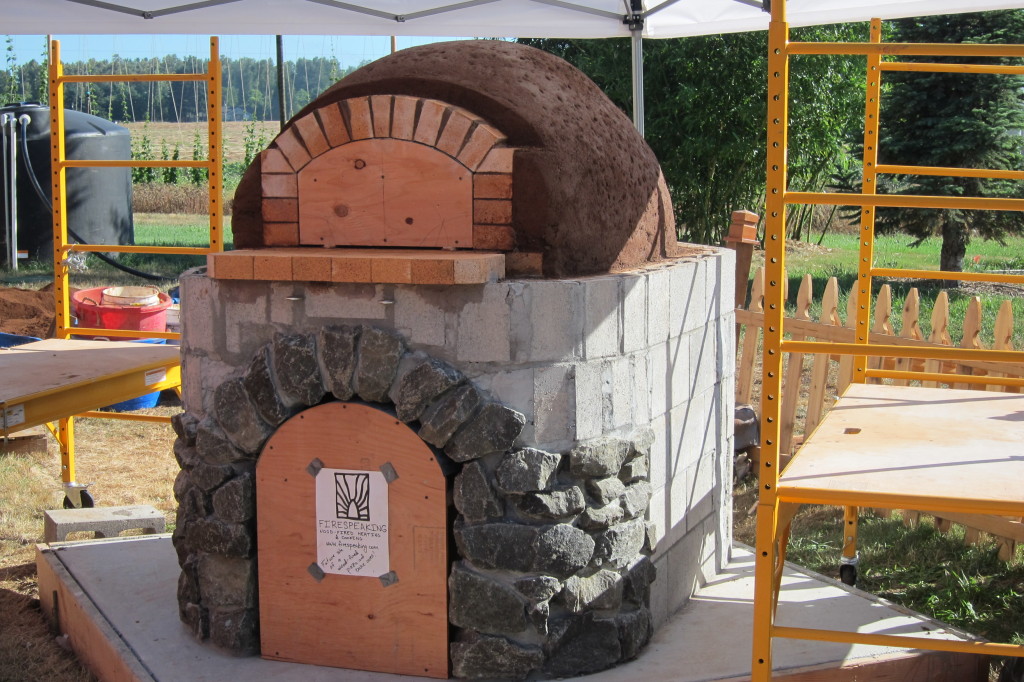
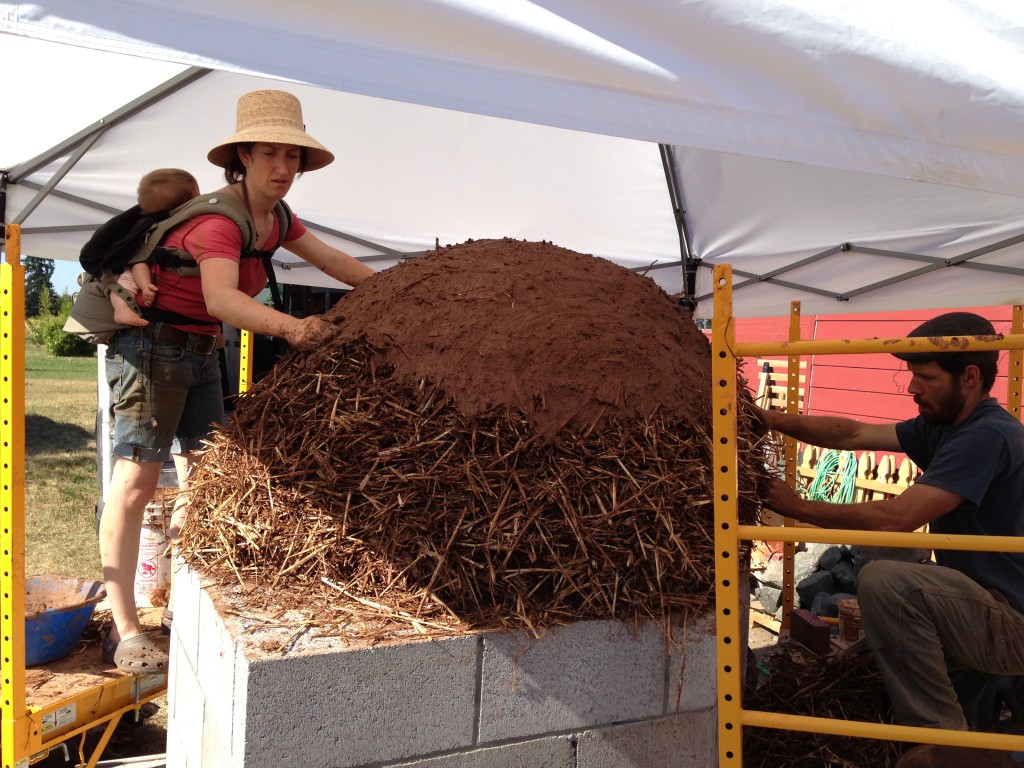
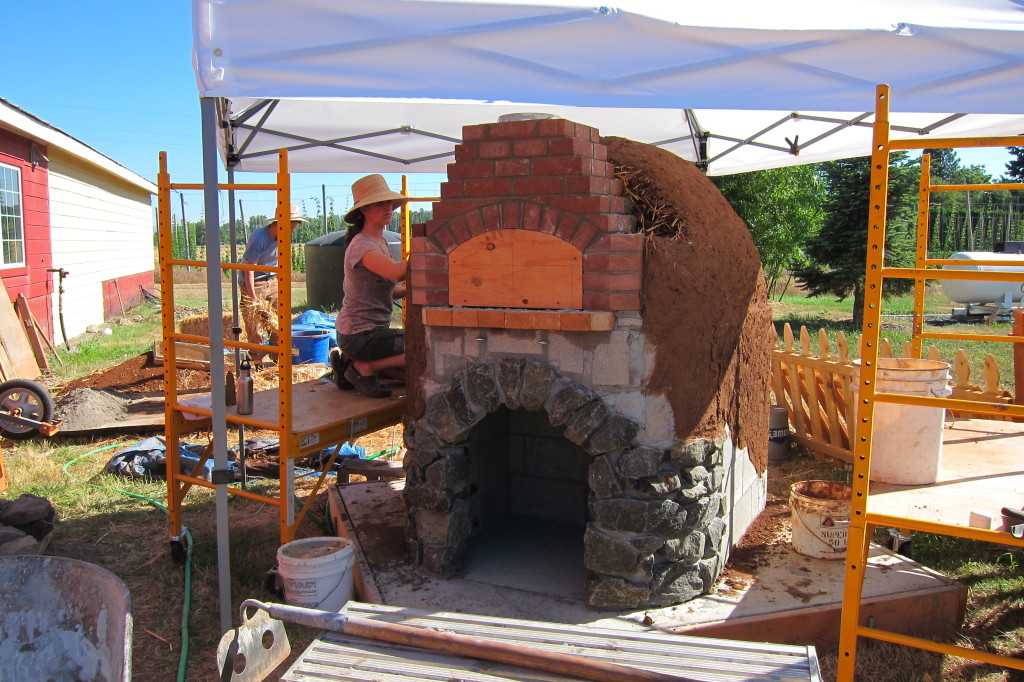
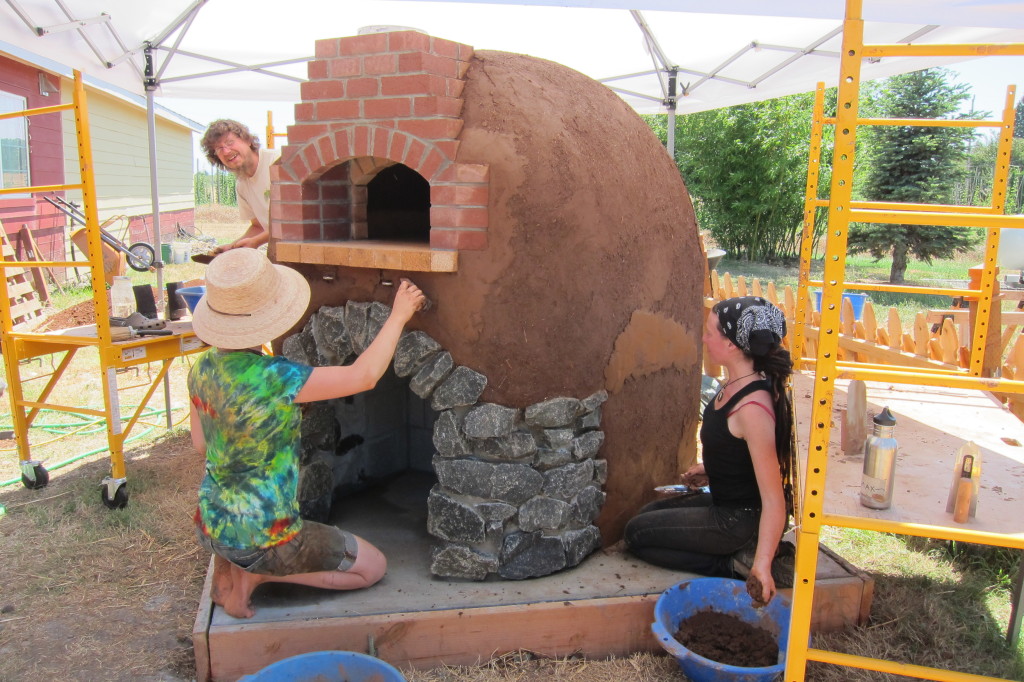

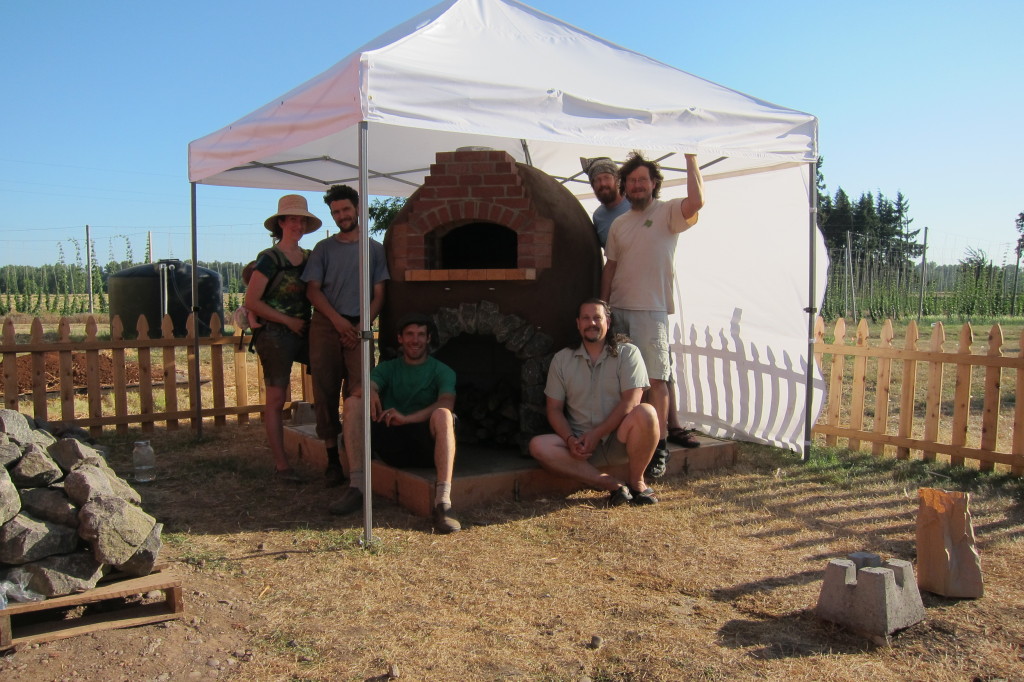
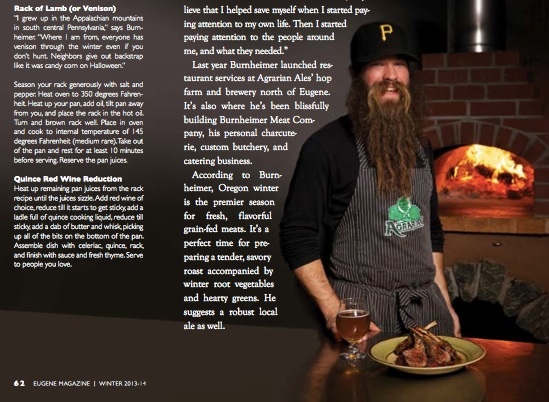
Im wondering if you could talk about the different characteristics and performances of ovens with and without a vent/flue
I noticed that the example above shows a vent/chimney was added to the front of the oven
thank you
this is also covered in Build Your Own Earth Oven, but briefly, the most important difference is smoke management — a flue allows you to get rid of it. Increased draft does allow you to play w/limiting the amount of primary air, which can improve the quality of the burn and (possibly — I haven’t measured) increase efficiency. On the other hand, you can also use a firing door to play w/limiting primary air on a flue-less oven to achieve similar results. I prefer the simplicity of the flue-less design, and also find that it’s possible to get a pretty clean-burning “slow” fire, which seems to me to maximize the amount of time that flame is in contact w/the oven walls — which is a good thing. I hope that helps. Sorry for the slow reply — the site software doesn’t seem to be sending me notices of comments!~
— Kiko
What exactly are you using for your thermal layer? I’m considering a design for a similar sized oven and am considering a castable recipe this time over the traditional 70/30 sand/ clay mix. My guess is that the fragility of that layer would make it untenable for commercial use over the long haul. I’d love to get your opinion on this. Great job, you guys! Nick
Hey Kiko,
Is there an ash slot in the oven and how was it done – if yes, then did you have to drill through the foundation? The insulation part – the stray is covered with wet cob layer? (how is the straw held in place?) The point that it burns through and there is a kind of insulating cavity between the thermal layer and the outer cob shell, right?
Thanks,
Alexander
I live in a high desert area with a lot of pumice and no clay, etc. Where would I find the clay material to make my oven? I have wanted to do this for several years and can not find the material need to add to cement & straw. I live in Oregon and travel around Oregon and wonder if there is a place to get it.
Thanks,
Dennis
well, there are two approaches: one is to do some sleuthing and really learn about the land you live on/off. This, I think, is the more fun approach, and will reward you with much more than clay — even if you don’t find any (over east in desert area, ask at the soil and water conservation office, for starters…also read the section in the Hand Sculpted House about finding clay). If you travel around the state, there’s plenty clay all over the valley, in roadcuts, ditches, graveyards, building sites, etc.
The other approach is to buy bagged clay — “fireclay” is typically available in 50 lb sacks from the building supply. You should also be able to find it, wet or dry, at ceramic suppliers.
let us know how you get on.
wow beautiful !!!!
Beautyful and solid building!